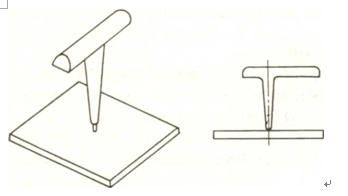I. Introduction
Injection molds are essential tools in the production of plastic parts. They inject melted plastic into a mold cavity, which cools and hardens to form the desired plastic parts. The gate plays an integral role in injection mold design – it determines where plastic flows and exerts pressure during injection. In this article, we’ll cover how to choose an optimal gate location as well as other related design principles related to injection mold selection.
Injection molds are an integral part of the plastic product manufacturing process. They create parts by injecting molten plastic into a mold cavity, and selecting the right gate location allows for maximum production efficiency and high-quality plastic parts. Therefore, selecting an optimal gate location for optimal efficiency and quality control in injection molding is critical. In this article, we’ll look at how to choose the optimal injection molding gate location for maximum productivity while crafting high-quality plastic parts.
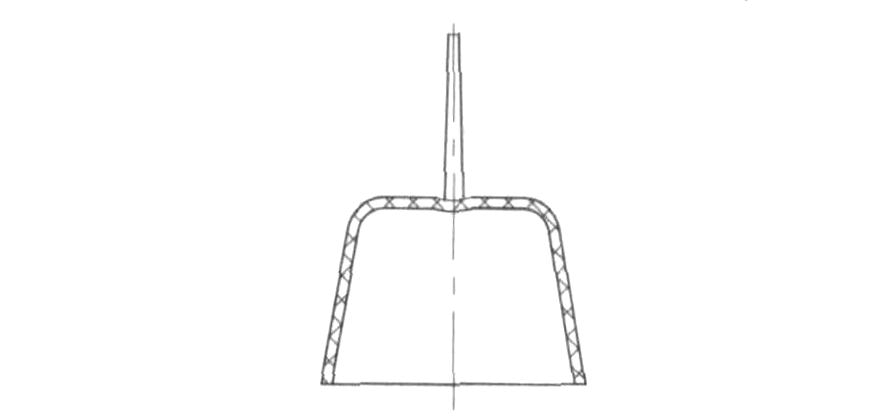
II. The Importance of Gate Location
1. Affects plastic flow and molding quality
The selection of gate position is critical when creating plastic flow in a mold. An incorrect gate position may create air bubbles or uneven heat flow within the chamber, decreasing molding quality. Furthermore, if it’s too concentrated, pressure distribution inside the injection part may be uneven which could lead to deformation or shrinkage marks.
2. Directly affects the appearance and performance of the product
Improper gate position can have a profound impact on the product’s appearance and performance. For instance, misselected gates may leave melt marks or shrinkage marks on the surface of an injection part, detracting from its aesthetic appeal. Furthermore, poor gate selection may reduce mechanical strength and durability as well.
3. Affects cost and production efficiency
Selecting the proper gate position can reduce production costs and boost efficiency. An improper gate may necessitate additional injection time or pressure during molding, increasing costs further. Furthermore, selecting an ideal gate position improves productivity, reduces waste rates, lowers mold maintenance expenses, and extends mold service life.
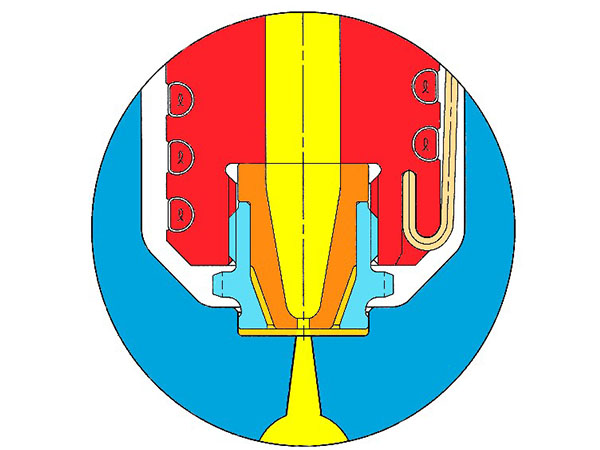
III. Types and Locations of Gates
In injection molding, common gate types include direct gates, runner gates, submarine gates, tunnel gates, pinpoint gates, valve gates, and fan gates. Selecting the correct gate type and location can have a significant effect on both quality and cost-effectiveness of the molded part.
Direct or sprue gates
The direct gate is the most commonly used type of gate, which directly injects molten plastic into a mold cavity. It works best for manufacturing flat parts and cylindrical shapes but may develop defects such as flow marks, shrink marks, or gas traps that could affect product quality.
Main runner gate
A runner gate, also referred to as the hot runner gate, is an injection mold gate type that adds a hot runner system that keeps plastic in a molten state through heating. It accurately controls plastic flow and minimizes gate marks on molded parts for improved quality and production efficiency. Ideal for mass production or products requiring high precision tolerance levels, this type of injection mold gate design should be considered.

Submarine gate
A submarine gate is located inside a mold cavity and can be achieved through machine-milling the mold. It’s ideal for products with high visual requirements that need to minimize gate marks. By increasing pressure on molten plastic during injection molding, sub gates will push plastic into the mold cavity – through its position and size must still be taken into account.
Tunnel gate
Tunnel gates are commonly employed in injection molds for thick-walled areas and weakly bonded joints to reduce defects such as flow marks, shrink marks, gas traps, and directionality of plastic flow. When selecting a tunnel gate for an injection mold application it’s important to take into account both its length and diameter as well as how it connects with the cavity.
Pinpoint gate
A pinpoint gate is a type of small gate commonly used in injection molds to manufacture small, precise parts. Not only does it reduce defects like gate marks and gas traps, but the diameter and position of the pinpoint must also be taken into account when manufacturing such components.
Valve gate
The valve gate is typically employed in injection molding to minimize gate marks. This design consists of a valve and small round or cylindrical parts or cavity that closes before injection to prevent molten plastic flow, then opens to inject the plastic once the mold is complete; again, this gate closes again to prevent further fluid intrusion. This type of gate often features beautiful designs such as toys or decorations for products with an eye-catching aesthetic appeal.
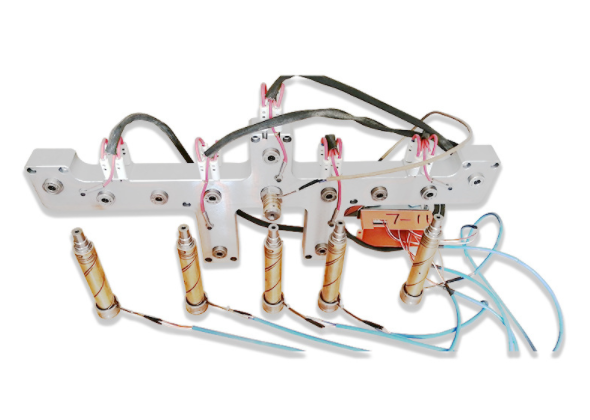
Fan gate
A fan gate is an entrance for plastic to enter a mold cavity. Usually conical or frusto-conical in shape, its opening resembles that of a fan. With its design and location, this gate type can direct molten plastic to different areas within the cavity for more consistent filling results. Fan gates are commonly employed when creating larger and flatter parts like TV casings or computer casings.
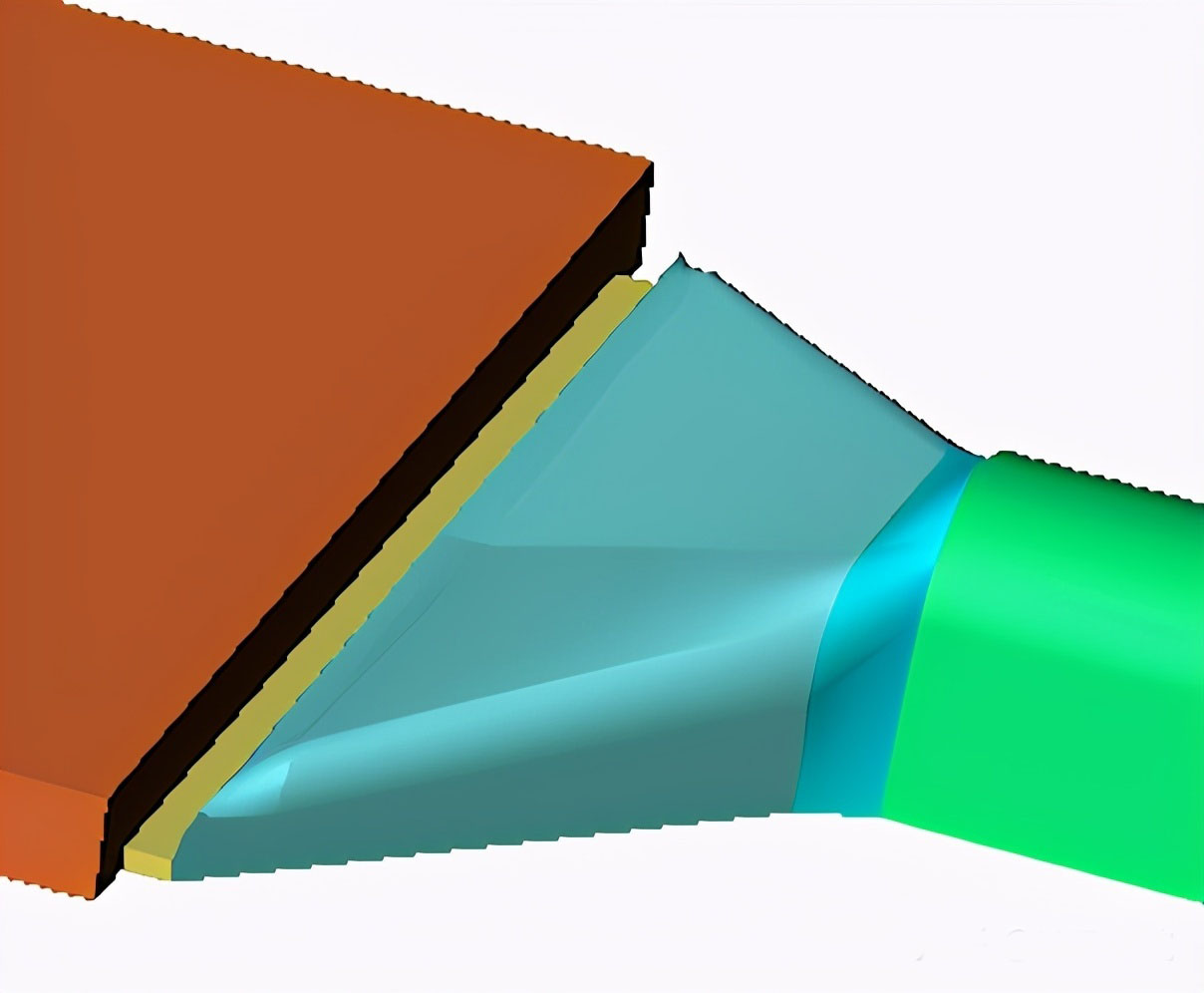
IV. Gate Size and Design
1. Determine the appropriate gate size
The size of the gate used in injection molding determines both product quality and production efficiency. If it is too large, material waste occurs while if it’s too small, there will be a decrease in output quality. Generally, gate sizes should not exceed 10-15% of cross-sectional area for plastic components.
2. Consider product wall thickness and injection pressure
When selecting a gate size, one must take into account the product’s wall thickness and injection molding pressure. Generally speaking, components with thicker walls require larger gates and higher injection molding pressures so that plastic can flow and fill the entire mold cavity.
3. Measure the gate size of the injection mold
When designing the mold, the gate location and size must be determined based on the required gate type and dimension. These details are typically marked on the drawing of the mold and can then be measured and verified using appropriate tools.
4. Consider injection speed and flow direction
When selecting the size of a gate for injection, one must also take into account its speed and flow direction. If the injection speed is too rapid, the gate size should be increased accordingly to prevent plastic from overheating during flow which could cause deformation or shrinkage. Furthermore, changes in flow direction may necessitate adjustments to both size and location of the gate so that all materials can fill the mold cavity evenly.
In conclusion, selecting the ideal gate type and location, as well as selecting an appropriate size for injection molding are critical components for success.
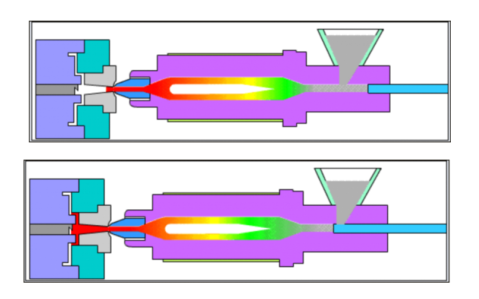
V. How to Choose the Right Gate Location
1. Consider the geometry of the plastic part
The geometry of the plastic part should be taken into consideration when choosing the gate location. To ensure uniform plastic flow, the gate should be placed at the largest and thickest area of the part. Poor plastic flow can lead to shrinkage, warping, or uneven filling if the gate is placed in a small area.
2. Consider the location of the mold cavity and parting line
The mold cavity and the parting line are important factors in determining the best location for the gate. The location of the cavity as well as the parting line are crucial in mold design. A poor location of the gate can lead to mold damage or uneven parting lines.
3. Consider the location of weak weld lines and shrinkage marks
It is important to consider the location of shrink marks and weld lines when choosing a gate location. These defects are often found in the last areas of plastic filling, so it is crucial to choose the right gate location to prevent them.
4. Consider processing costs and molding technology
The molding process and processing costs must be considered when choosing the right gate location. How easy it is to mold and how much money you have to spend on processing will directly impact the location of your gate. An improper gate location can increase mold difficulty, cause a lot of waste and reduce productivity. The location of your gate should be chosen based on the performance and appearance of the product as well as the cost of molding and processing costs.
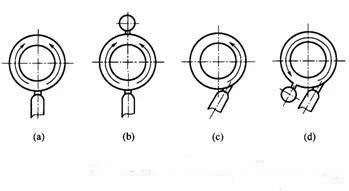
VI. Conclusion
It is crucial to choose the right gate location for injection molding. This not only impacts the appearance and quality of your product but can also impact the cost and efficiency of injection molding. Consequently, it is important to consider the location of your gate during injection mold design.
Based on the product’s geometry, location of mold cavities and parting lines, as well as location of shrink marks and weak weld lines, choose the right gate type. To determine the most suitable gate location and type, you should consider factors like product quality, appearance, production efficiency, and cost-effectiveness.
It is crucial to choose the right size and design of your gate for injection molding. A proper gate size will ensure that the plastic material flows smoothly and prevent bubble formation. This can improve the quality of your product’s molding. To determine the right size of the gate and the design, it is important to consider factors like the thickness of the product and the injection pressure.
The right location for injection molding can make a product look better, reduce costs, and increase quality. It is important to carefully consider the gate location and take the necessary steps to ensure the high quality and efficacy of injection molding in the initial stages of mold design.

